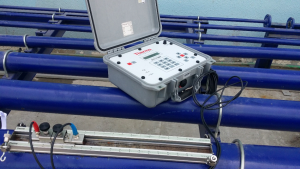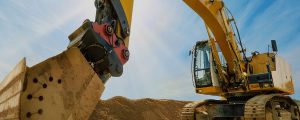Weighing bridge calibration using calibrated test weights to ensure accuracy of readings
It is very important to have your weighbridge consistently aligned to guarantee progressing exactness and execution. Preferably checks should be made every 12 months. Proprietors of exchange weighbridges have a legitimate duty to guarantee their weighbridges are maintained within legal tolerances. On the off chance that they neglect to do this they can expose themselves to indictment and fines. Exchanging measures have the ability to shut down weighbridges that don’t agree.
It is additionally essential to recall that you should have your weighbridge re-tried (re-confirmed) in the event that you supplant basic parts, for example, load cells. Any substitution load cells should likewise be ones endorsed by the important experts for a specific weighbridge configuration/make.
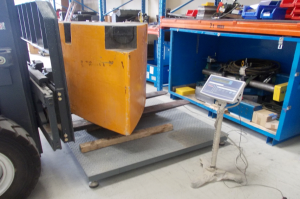
Weighing bridge calibration Benefits:
- Guarantee 100% precision on every weighment and maintain a strategic distance from material weight contrast question with providers and clients
- Guarantee trust with partners
- Increment your provider and client base
- Maintain a strategic distance from material short weight receipt and spare cash
World Wide Inspection & Calibration Services Est, offering high quality Calibration services mainly in three scopes – Pressure Gauge Calibration, Temperature Gauge Calibration,and Electrical Measuring Instruments Calibration. Worldwideics.ae is the best Instrumentation & Calibration Services Provider in UAE. Exporter of third party Calibration Service companies in Abu Dhabi, Dubai, Sharjah, al ain. Supply and services for instruments such as Linear Instruments, Thermal Instruments, Pneumatic Instruments, Electrical Instruments and more.

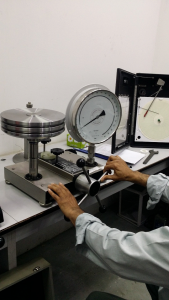
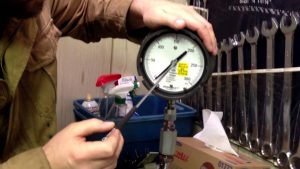
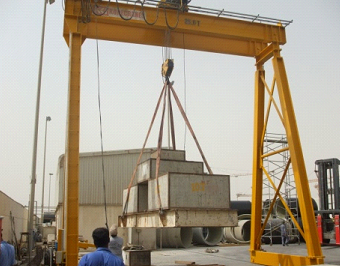

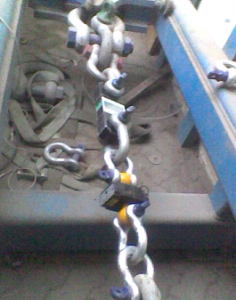 A Load Cell is a gadget that is utilized to gauge weight or power in various distinctive applications. The load cell itself is a transducer that is utilized to convert a force into an electrical signal. Load cells are often utilized as a component of a measuring framework since they offer non-nosy, exceedingly precise load estimation information, with legitimately introduced and aligned load cells routinely accomplish exactness’s of around 0.03 to 1% . These frameworks are of key significance to numerous modern divisions including aviation, seaward, marine, hard work and car.
A Load Cell is a gadget that is utilized to gauge weight or power in various distinctive applications. The load cell itself is a transducer that is utilized to convert a force into an electrical signal. Load cells are often utilized as a component of a measuring framework since they offer non-nosy, exceedingly precise load estimation information, with legitimately introduced and aligned load cells routinely accomplish exactness’s of around 0.03 to 1% . These frameworks are of key significance to numerous modern divisions including aviation, seaward, marine, hard work and car.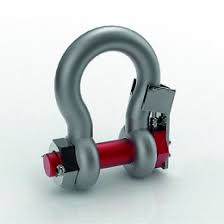 Load Shackles:
Load Shackles: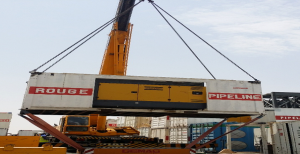
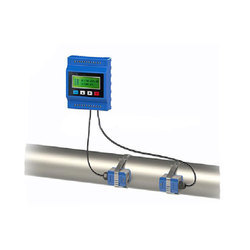 Ultrasonic meters are rapidly turning into probably the most generally utilized meters in flow measurement. As of now ultrasonic meters are being used to quantify flammable gas, steam, air, water, fluid hydrocarbons, and different liquids. A portion of the real advantages of ultrasonic meters incorporate the analytic capacities, the way that there is no obstruction to the flow stream, and the wide turn down abilities of the meters.
Ultrasonic meters are rapidly turning into probably the most generally utilized meters in flow measurement. As of now ultrasonic meters are being used to quantify flammable gas, steam, air, water, fluid hydrocarbons, and different liquids. A portion of the real advantages of ultrasonic meters incorporate the analytic capacities, the way that there is no obstruction to the flow stream, and the wide turn down abilities of the meters.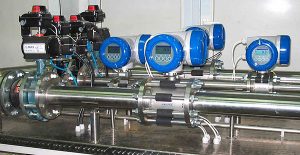 A more limited meaning of the term calibration basically includes contrasting an instrument or measuring device with a standard, without influencing a change in accordance with make the instrument to peruse effectively. The second step, including change or “resetting the scale,” is once in a while called check. In customary utilize, be that as it may, a great many people incorporate the confirmation venture in the standard process of calibration or re calibration.
A more limited meaning of the term calibration basically includes contrasting an instrument or measuring device with a standard, without influencing a change in accordance with make the instrument to peruse effectively. The second step, including change or “resetting the scale,” is once in a while called check. In customary utilize, be that as it may, a great many people incorporate the confirmation venture in the standard process of calibration or re calibration.